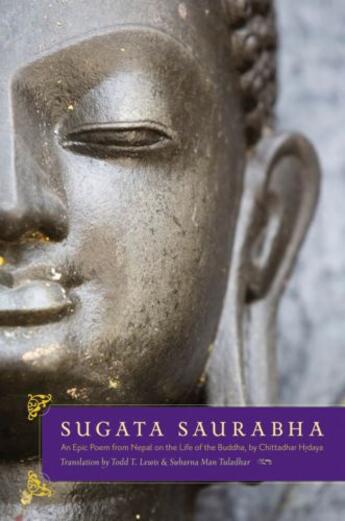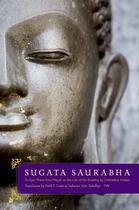-
Nombre de pages : (-)
-
Collection :
(-)
-
Genre :
(-)
-
Thème :
Non attribué
-
Prix littéraire(s) :
(-)
Résumé:
The Sugata Saurabha is an epic poem that retells the story of the Buddha's life. It was published in 1947 in the Nepalese language, Newari, by Chittadhar Hridaya, one of the greatest literary figures of 20th-century Nepal. The text is remarkable for its comprehensiveness, artistry, and nuance.... Voir plus
The Sugata Saurabha is an epic poem that retells the story of the Buddha's life. It was published in 1947 in the Nepalese language, Newari, by Chittadhar Hridaya, one of the greatest literary figures of 20th-century Nepal. The text is remarkable for its comprehensiveness, artistry, and nuance. It covers the Buddha's life from birth to death and conveys his basic teachings with simple clarity. It is also of interest because, where the classical sources are silent, Hridaya inserts details of personal life and cultural context that are Nepalese. The effect is to humanize the founder and add the texture of real life. A third point of interest is the modernist perspective that underlies the author's manner of retelling this great spiritual narrative. This rendering, in a long line of accounts of the Buddha's life dating back almost 2,000 years, may be the last ever to be produced that conforms to the traditions of Indic classic poetry. It will not only appeal to scholars of Buddhism but will find use in courses that introduce students to the life of the Buddha.
Donner votre avis















